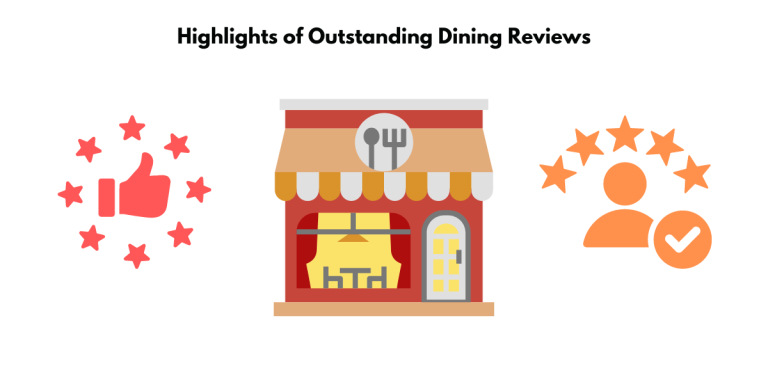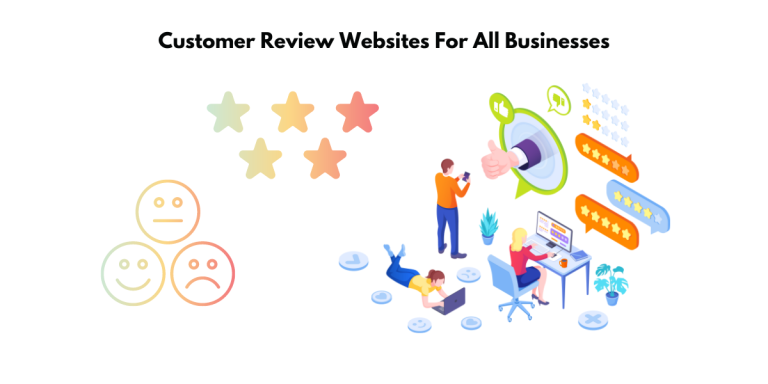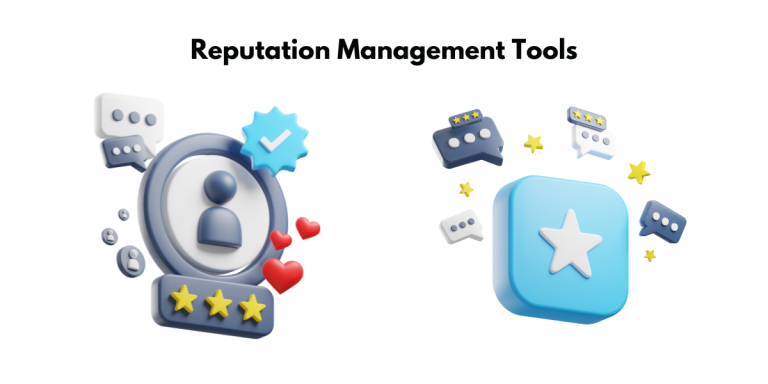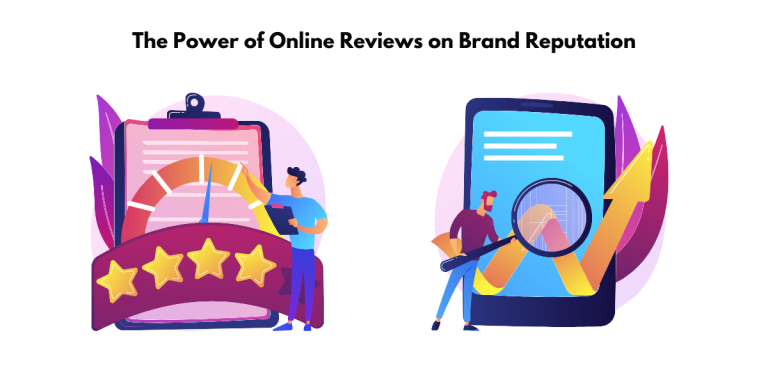The Inevitable Reality of Negative Feedback
When pouring your heart into your business, encountering negative feedback might seem like a setback. However, consider this: every customer who takes the time to provide criticism is also giving you a precious opportunity to improve. The reality is simple; no matter how much effort you put into your service or product, negative reviews are going to happen. They’re just part of the business landscape!
Negative feedback can be a goldmine of insights. When reviews are less than stellar, they often point out where your business might have missed the mark. Whether it’s a service hiccup or a product flaw, each review is a firsthand account of how your business can evolve. Keep in mind, that it’s not just about the feedback itself, but how you respond to it that can make all the difference.
Embracing the Constructive Power of Negative Reviews
Why Negative Feedback Should Not Be Feared
Think of negative feedback as a window into your customers’ true feelings. They take time out of their day to give you personal insights into how your business operates in the real world and where adjustments might be essential. And when future customers see that you handle criticism with grace, it not only demonstrates transparency but also humanizes your brand.
So, don’t let fear get in the way. Leverage these moments as invaluable learning opportunities to strengthen your brand’s resilience and credibility.

Learning Opportunities Hidden in Criticism
Encased within each piece of criticism lies a chance to learn and elevate your business. For starters, negative reviews can pinpoint specific areas needing improvement—be it customer service, product functionality, or something else entirely. View these reviews as personal coaching sessions; they’re akin to having a consultant without the hefty price tag.
Moreover, these reviews can help identify training needs for your staff or adjustments in your processes. Perhaps there’s a recurring complaint about a service that’s too slow or a product feature that doesn’t quite hit the mark. Use this feedback to hone in on those aspects and turn them around.
Turning Criticism into Business Growth
Negative feedback, if harnessed correctly, can serve as powerful fuel for your business growth. Start by analyzing the comments to find common threads. Are multiple customers pointing out the same issue? That’s a flashing sign for action. It’s not just about reacting to each review individually, but rather finding and addressing the root causes.
Next, take a proactive approach by implementing changes influenced by customer feedback. Your customers are your best critics, and they’ll appreciate seeing their suggestions come to life. This not only demonstrates that you value their input but can also turn detractors into promoters.
Additionally, publicizing the positive changes made in response to customer reviews can further enhance your reputation. Customers like knowing that their voices count and prospective buyers are encouraged by a brand that listens and evolves.
Strategies for Crafting the Perfect Response
Quick Acknowledgment: The First Step Towards Resolution
The clock starts ticking the moment a negative review lands – and speed matters. Acknowledging a review swiftly demonstrates to customers that you prioritize their experience. Make it your goal to reply within 24–48 hours; this shows that not only are you attentive, but you’re committed to resolving issues promptly.
A quick acknowledgment does more than just buy goodwill. It can prevent the situation from escalating and show others reading the reviews that you are proactive about customer service. In the digital age where news travels fast, responding promptly is essential in maintaining control of the narrative around your business’s customer service.
Setting up a regular review check-in – be it daily, weekly, or any other consistent period depending on your bandwidth – helps ensure no negative feedback falls through the cracks. Timeliness in your response is a critical first step towards resolution and embodies a business that cares and listens.

Apologize Authentically and Offer Solutions
When it comes to tackling negative feedback, an authentic apology can be your ace in the hole. Admitting to a shortcoming might feel tough, but it plays a crucial role in diffusing tension and rebuilding trust. Remember to apologize sincerely – customers can spot insincerity a mile away, and a generic “We’re sorry you feel that way” just won’t cut it.
After saying sorry, pivot to problem-solving. Offer clear and concrete solutions to the issues the customer faces. Whether it’s a refund, a replacement, a discount on future purchases, or even just a promise to improve, your response should reflect a genuine commitment to righting wrongs.
Best Practices for Responding to Different Types of Negative Reviews
Addressing Service-Related Complaints
Start by putting yourself in your customer’s shoes and imagine how their disappointing experience felt. Then, communicate this empathy in your reply, clarifying that you understand why they’re upset while avoiding any defensive language. Address the specific issues the customer raised. For instance, if they feel neglected or disrespected, reassure them that this isn’t reflective of your standards and that you’re taking steps to improve.
It’s equally important to extend an olive branch. Maybe offer a complimentary service or a private consultation to discuss their concerns in depth. This not only helps to mend fences but also provides an opportunity to turn their next experience with you into a positive one.

Handling Product Quality Issues
When product quality comes into question through negative reviews, addressing the issue head-on is your best approach. Be sure to express appreciation for the feedback; it’s like a quality control report that you didn’t have to pay for. Apologize for any dissatisfaction caused and focus on how you can make amends.
This might involve offering a hassle-free return or exchange policy or perhaps guiding how to use the product more effectively if misuse is a factor. If there’s a design flaw or manufacturing error that’s come to light, explain the steps you’re taking to remedy it. Importantly, follow up on these issues internally. Whether that means having a chat with the manufacturer or reviewing the product design, it shows a commitment to delivering only the best.
Taking It Offline: When and How
Knowing the Right Time to Move the Conversation
Timing can be everything when it comes to transitioning a discussion away from the public domain. The right moment to take a conversation offline typically comes after you’ve made that initial public response where everyone can see that you care. But the nuanced conversation about rectifying the issue? This is preferable behind the scenes.
The goal is to make it as seamless as possible for the customer, so being flexible with communication channels and timings is key. Adjusting to their preferred method of contact can make all the difference in resolving the issue effectively and restoring their confidence in your service.
Providing Support Away from the Public Eye
Once you’ve acknowledged the complaint and empathized with the customer, suggest a shift to a more private conversation. This could mean asking them to send a direct message or an email or providing them with a contact number to reach out at their convenience. Doing so shows you’re ready to listen intently and offer a personalized resolution without airing the details publicly.
Handling sensitive issues privately also minimizes the risk of miscommunication and misunderstandings that can occur in a public forum. It shows you respect the customer’s privacy and are committed to rectifying their experience discreetly and respectfully.

Utilizing Templates and Personalization
Balancing Efficiency with a Personal Touch
It’s a delicate dance of providing consistent, timely responses to reviews while also ensuring each reply feels personal and genuine. Templates can be helpful. They serve as a base to ensure all the necessary points are covered swiftly. However, the secret sauce is in the personalization. That means tweaking each template to address specific concerns mentioned in the review, and using the customer’s name to add that personal touch that says, “You’re not just another number to us.”
While templates give you a running start, they should never replace a humanized approach. The most effective responses understand the unique situation and adapt accordingly. This balance keeps your efficiency up without sacrificing the warmth and empathy that customers look for when they take the time to write a review.
To hit home, ensure that your responses, although prompt, reflect a level of thoughtfulness and detail that mirrors the effort the customer put into their feedback.
Example Responses to Guide You
When you’re facing a barrage of different reviews, having a few go-to examples can be invaluable. They can guide you in crafting responses that are sincere and solution-oriented. For instance, if a customer complains about a delayed service, a great response might be: “Hi [Customer Name], we are truly sorry for the delay you experienced. This isn’t the level of service we aim for. We’ve addressed the scheduling issue and would love the opportunity to show you the improvements made. Please contact us at [contact information] so we can make this right.”
Alternatively, if a review focuses on a product defect, an example reply could be: “Hello [Customer Name], thank you for bringing this issue to our attention. We apologize for the inconvenience you’ve faced. We stand by our products and would like to offer you a replacement at no additional cost. Please reach out to us at [contact information] so we can ensure your satisfaction.”
These examples underline the importance of addressing the customer by name, acknowledging their concern, presenting a solution, and providing a direct line of communication for further assistance.
Monitoring and Managing Your Online Reputation
Tools for Tracking Reviews Across Platforms
Keeping a watchful eye on your online reputation can be quite a challenge, especially when reviews are scattered across various platforms. That’s where review tracking tools come into play, and they are nothing short of a lifesaver. They can aggregate your reviews from sites like Google, Yelp, Facebook, and industry-specific platforms into a single dashboard. This helps you monitor what customers are saying about you in real-time.
With different tools available, you can set up alerts that notify you the moment a new review is posted. This ensures you can respond quickly and stay ahead of any potential issues. Beyond responsiveness, these platforms can also provide valuable analytics, helping you to discern trends and patterns in feedback that might otherwise go unnoticed.
Investing in such tools isn’t just efficient—it’s strategic. They allow you to manage your online reputation with ease, ensuring no customer feedback slips through the cracks, while also gleaning insights that could inform and improve your operations.
Strategies for Encouraging Positive Feedback
Having a strategy to encourage positive feedback is as important as knowing how to handle the negative. Positive reviews not only counterbalance the occasional negative one but also attract new customers. Encouraging satisfied customers to share their experiences starts with providing exceptional service or products that inspire them to speak up. Sometimes, all it takes is a simple reminder at the point of sale or a follow-up email inviting them to leave a review if they enjoyed your service.
You can also set up a loyalty program that rewards customers for providing feedback. But remember, the request for reviews should be gentle and not pushy to avoid diluting their authenticity. Moreover, making the process as easy as possible by providing links and clear instructions will likely increase your response rate.
Keep the momentum going by highlighting positive testimonials on your website and social media. When customers see that their opinions are valued and showcased, they too might feel encouraged to contribute their positive experiences.

Legal Considerations and Dealing with Fake Reviews
Identifying and Reporting Malicious Content
When you encounter a suspicious review, look at the profile of the reviewer. Do they have a history of leaving only negative reviews? Was their account recently created? If the dots don’t connect and you suspect foul play, most platforms have a process for reporting and potentially removing content that violates their policies.
Being proactive is key. Report the review through the platform’s official channels and provide clear evidence as to why the review should be considered fraudulent. Keep in mind to approach this calmly and professionally, avoiding public confrontations that might backfire.
Protecting Your Brand While Staying Within Legal Boundaries
In the digital battleground of brand reputation, it’s essential to know the rules of engagement. Protecting your brand means taking a stand against unfair reviews, but it’s crucial to stay within the legal boundaries. First, understand the difference between a negative review, which is protected under free speech, and one that’s defamatory or violates the terms of the review platform.
If you come across a review that crosses these lines, collect evidence and consider reaching out to legal counsel to explore your options. A professional can guide whether you have a case for defamation and, if so, the next steps you can take without overstepping legal boundaries.
Always act with integrity and follow the platform’s protocols for flagging inappropriate content. Never engage in retaliatory actions or public disputes. Keeping your cool and handling situations legally not only protects your business but also upholds its reputation as ethical and professional.
Summary
Customers often leave negative reviews to help others make informed decisions, improve a company’s offerings, or address personal concerns. They usually don’t aim to harm the business but want to feel heard.
When a negative review appears, it’s crucial not to react defensively. Instead, read the review carefully and consider if the feedback is an opportunity for improvement. If the review is valid, respond empathetically and provide a way to resolve the issue offline.
Positive reviews are also important. Happy customers are less likely to leave reviews, so encourage them to share their experiences. Responding to all reviews, not just negative ones can improve online reputation and search rankings.







